 Your new post is loading...

|
Scooped by
Farid Mheir
|
Success often depends upon transcending your expertise to grasp a larger mission.

|
Scooped by
Farid Mheir
|
A lot of research is available about the IT talent shortage in the United States. The unemployment rate in just about any metropolitan area is close to zero for many functions, despite the recent slight slowdown in hiring linked to ever-greater cloud adoption. 12 TIPS TO SURVIVE THE TALENT CRISIS Proven Advice from CIOs and HR Leaders - Ensure team members feel they’re part of something greater than themselves
- Invest in coaching, mentoring, training—one CIO said he’ll cut headcount before he cuts his training budget. Curt Carver, CIO at the University of Alabama at Birmingham, sets aside 3 percent of his budget for training, “no matter what”
- Hire less for skills and more for emotional maturity and the ability to learn and change
- Offer interesting opportunities, such as working with the latest technologies or creating an application that will make a real di erence in customers’ lives
- Rethink the org chart and keep it flexible—Carver redesigns his every 12 to 18 months
- Redesign work around projects rather than roles, then tap into nontraditional sourcing methods such as crowdsourcing and talent platforms; not everything needs to be done by an FTE
- Use social media and speaking events to find and engage top talent
- Use open source as a magnet for talent by having your team become part of (and contribute to) the community
- Create affiliations with colleges/universities (course design, internships, etc.) and even K-12
- Invest in diversity programs that go beyond filling your corporate social responsibility requirements— for example, retaining women returning to the workforce or hiring individuals with autism
- Build a strong collaborative relationship between IT and HR
- Be clear about what you’re offering upfront (culture, mission, type of projects), and then be consistent in delivering that

|
Scooped by
Farid Mheir
|
How many goals have you achieved today? Setting goals is key to making progress in any area. We know that those who write down their goals are 95% more likely to achieve them and that two best practices for goal-setting include making them measurable and giving them a deadline. We’ve even explored a variety of formats for …

|
Scooped by
Farid Mheir
|
Mckinsey ran a comprehensive study of nearly 800 different jobs in the United States, ranging from CEOs to fast food workers. Between these roles, they found 2,000 individual work activities, and assessed them against 18 different capabilities that could potentially be automated. In their analysis, they found that 45% of work activities representing $2 trillion in wages can already by automated based on proven technology that currently exists. A further 13% of work activities in the U.S. economy could be automated if the technologies used to understand and process human language were brought up to the median human level of competence.

|
Scooped by
Farid Mheir
|
By exploiting technology to enable workforce transformation, leading companies will create highly adaptable and change-ready enterprise environments that are able to meet today’s dynamic digital demands.
This liquid workforce competitive advantage is apparent as IT and business executives surveyed report that “deep expertise for the specialized task at hand” was only the fifth most important characteristic they required for employees to perform well in a digital work environment – other qualities such as ‘the ability to quickly learn’ or ‘shift gears’ were ranked higher.

|
Scooped by
Farid Mheir
|
See how susceptible your industry is torobotic takeover.
See how susceptible your industry is to robotic takeover.

|
Scooped by
Farid Mheir
|
We’re sharing a new version of Buffer's transparent salary formula, and a web app that anyone can use to find out what you might make on the team at Buffer.

|
Scooped by
Farid Mheir
|
LinkedIn is the de facto source of information when I look for candidates to hire or when I present myself to potential clients and colleagues. I also have a resume, a 3-page word document with text and descriptions of my experience, field of expertise, education, etc. but I thought I needed a more visual way to present who I am and what I've done.Five years ago I created a visual version of my resume as a powerpoint document and uploaded it to slideshare.To my surprise, it attracted 88000 views

|
Scooped by
Farid Mheir
|
IBM is now training Watson to be a cancer specialist. The idea is to use Watson's increasingly sophisticated artificial intelligence to find personalised treatments for every cancer patient, by comparing disease and treatment histories, genetic data, scans and symptoms against the vast universe of medical knowledge.
Such precision targeting is possible to a limited extent, but it can take weeks of dedicated sleuthing by a team of researchers. Watson would be able to make this type of treatment recommendation in mere minutes.
The IBM program is one of several new aggressive health-care projects that aim to sift through the huge pools of data created by people's records and daily routines and then identify patterns and connections to predict needs. It is a revolutionary approach to medicine and health care that is likely to have significant social, economic and political consequences.

|
Scooped by
Farid Mheir
|
Defining a new class of hybrid worker.
"If we can apply science to improving the selection, management, and alignment of people, the returns can be tremendous."
Via Luca Naso

|
Scooped by
Farid Mheir
|
The concept of HR must change to support an increasingly distributed workforce that operates socially in increasingly ad hoc teams.

|
Scooped by
Farid Mheir
|
Jamais les recruteurs n'ont eu accès à autant d'informations sur les candidats. Ils doivent maintenant apprendre à les sélectionner, les analyser et les valoriser.

|
Scooped by
Farid Mheir
|
Geoffrey Moore recently authored a Report focusing on middle class job creation in the Digital Era. These same forces that Mr. Moore describes in the context of job creation are disrupting the very...

|
Scooped by
Farid Mheir
|
INFOGRAPHIC: Using digital tools to unlcok HR's true potential.

|
Scooped by
Farid Mheir
|
Intelligent processes, enabled by digital technology, create a virtuous cycle of constant improvement fed by continuous feedback. And they are set to soon reinvent much of the way that businesses are run.
- First, managers and workers alike need to adopt an experimental mindset and skills. A firehose of data won’t put out a fire if managers don’t know how to direct it. Managers and workers will need to get more comfortable using data to design experiments that lead to meaningful results. They will also have to live by rules that appear exotic now—along the lines of Facebook’s admonitions to “move fast and break things” and “done is better than perfect.” They will need to reward experimentation and foster a culture that encourages resilience in the face of inevitable failures. Companies have a steep learning curve ahead of them.
- Second, managers will have to recognize that their real value-added contribution will increasingly take the form of judgment rather than knowledge creation. Knowledge work won’t disappear completely. But much of what is currently referred to as knowledge work—the formulation of plans, completion of forms and coordination of data files—will soon be done by software guided by algorithms. What remains is judgment work: balancing opposing views and stakes, crafting a plan of action and making decisions. But judgment requires insight drawn from experience, and experience often involves a form of experimentation.
- Third, managers and professionals (whether they are in engineering, medicine, marketing, business strategy or operations) will need to get accustomed to taking advice from machines. No one disputes the value of contextual knowledge and human judgment, but it is a limited perspective—being able to see only what’s out your own window—that has most often prevented managers from seeing and exploiting opportunities for great gain.
- Finally, managers need to understand that the pursuit of intelligent processes is a choice. They can choose conventional approaches, but if they do, they shouldn’t expect the powerful results that can come from intelligent processes. Capturing the benefits of new technology will not be automatic.

|
Scooped by
Farid Mheir
|
Everything you need to kickstart your mobile recruiting strategy

|
Scooped by
Farid Mheir
|

|
Scooped by
Farid Mheir
|
In this Capgemini Consulting research report we look at why talent has gone digital and HR has not. We also outline how HR can unlock its true potential through

|
Scooped by
Farid Mheir
|
Five years after the start of the worst six months for the U.S. labor market since the Great Depression, we learned Friday that 203,000 new jobs were created in November and the unemployment rate dropped to 7%.

|
Scooped by
Farid Mheir
|
Automation is reducing the need for people in many jobs. Are we facing a future of stagnant income and worsening inequality?

|
Scooped by
Farid Mheir
|
HR / Talent Analytics orientation given as a guest lecture at Management Institute for Leadership and Excellence (MILE), Pune.

|
Scooped by
Farid Mheir
|
Read Accenture’s report on how games and gamification are changing - and disrupting - Human Resources (HR) in today’s modern enterprises.
There are three types of primary recruiting content you should focus on. - Why not create SEO optimized video vacancies and use those in place of or in association with a written JD? (According to the statistics presented here, job related web pages with video as opposed to just text are now 53 times more likely to show up on the first page of text results.) Talent will now be able to go directly to your video channel job vacancies making it a clear primary recruitment channel. Interviews with hiring managers make great content for this type of job video.
- Create some advice and training videos relating to applying for jobs and interviewing for jobs at your company and for specific positions within your company. By using these company specific or at least position/industry specific videos, you can attract qualified potential talent directly to your YouTube career channel. Consider these “how-to” videos, making it easy for candidates to understand your hiring process and practices.
- Include High Profile Content. If you have any high profile products, services, employees or anything which stands out, then build an employer branding video around this and once again this could attract qualified talent directly to your YouTube Channel. Focus on matching content to the audience for which you want to engage. For example, if your company is building a mobile app, have a Product Manager discuss the last mobile app they built and focus on the success and lessons learned.
Via LinkedIn : www.linkedquebec.com
|

Curated by Farid Mheir
Get every post weekly in your inbox by registering here: http://fmcs.digital/newsletter-signup/
|
 Your new post is loading...
Your new post is loading...


















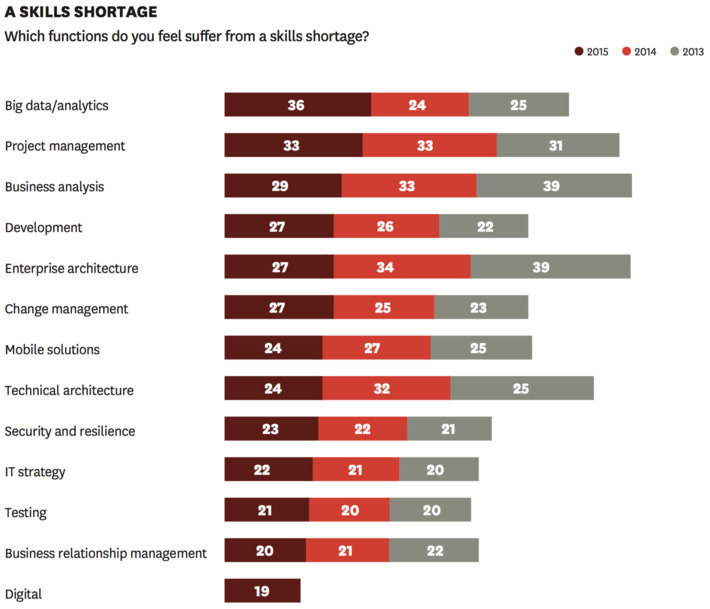
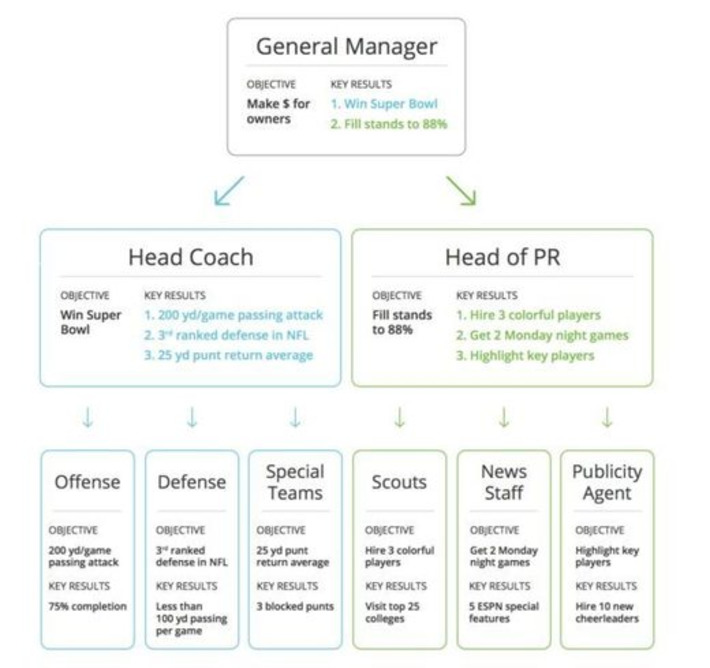
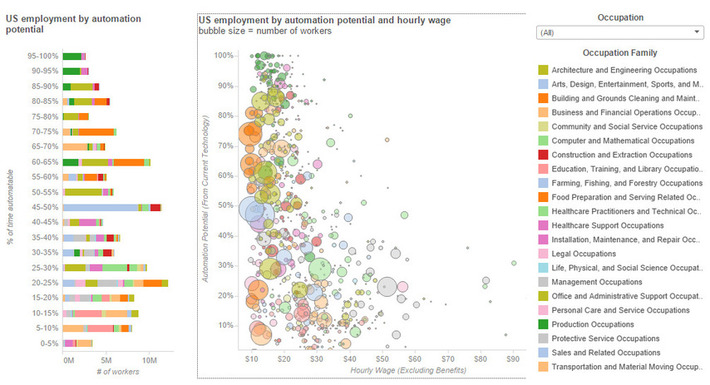


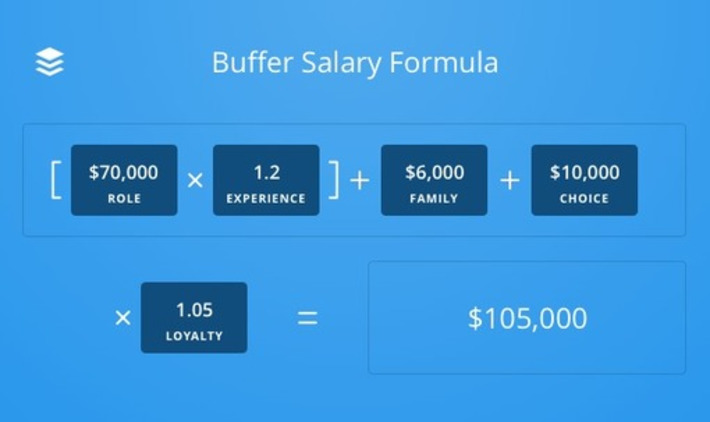
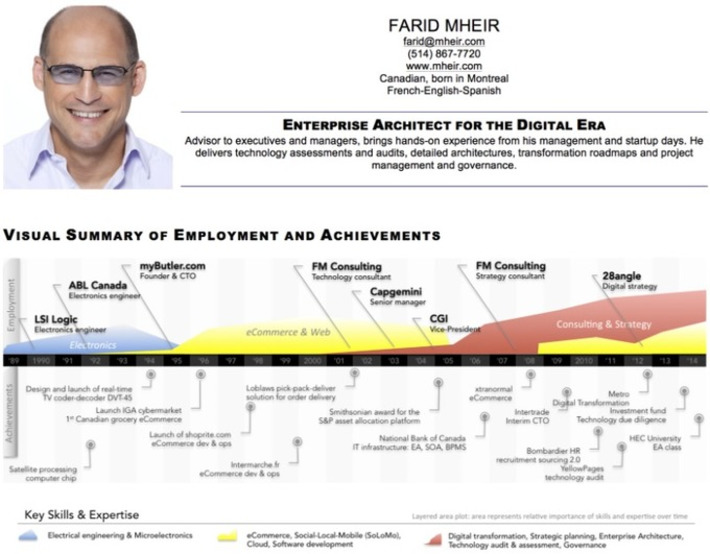


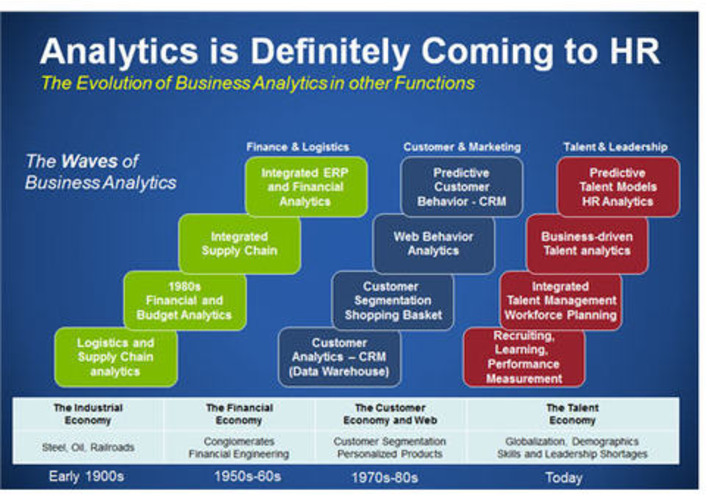


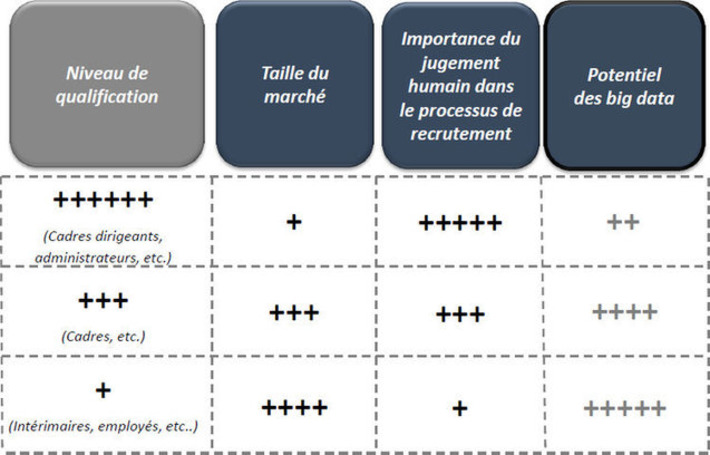
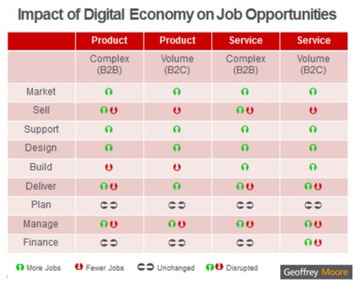
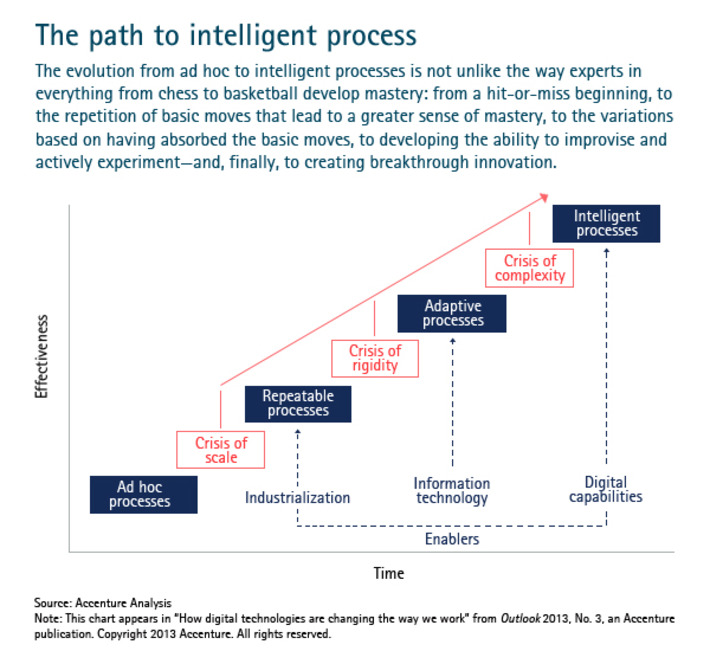

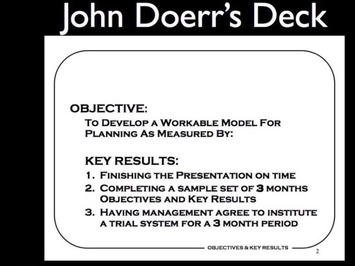
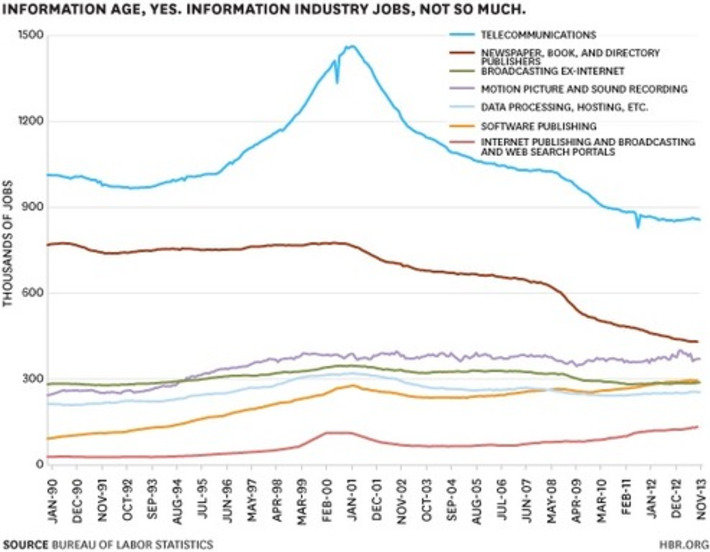
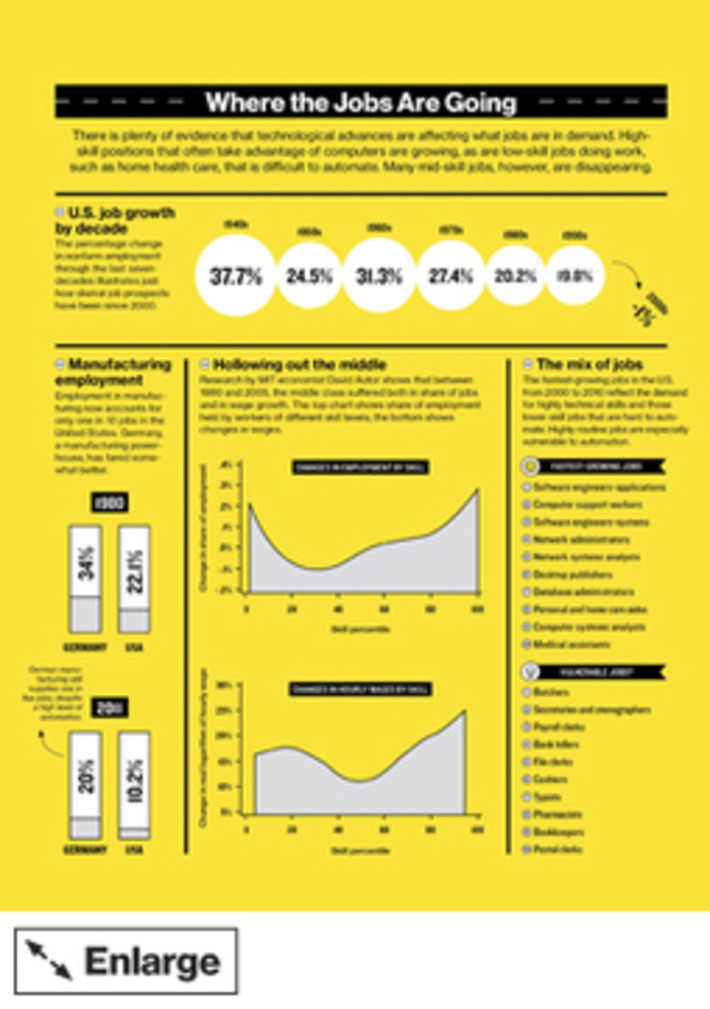
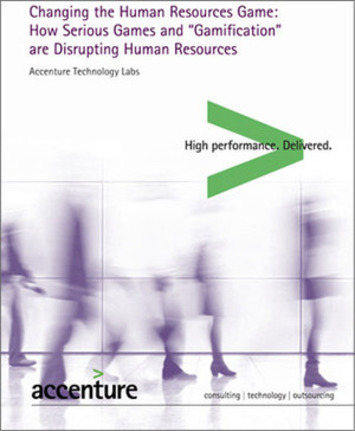









If you are a subject matter expert (SME) you must read this. It enforces the need to report properly up the food chain in your organization in order for your work to be valued and respected.